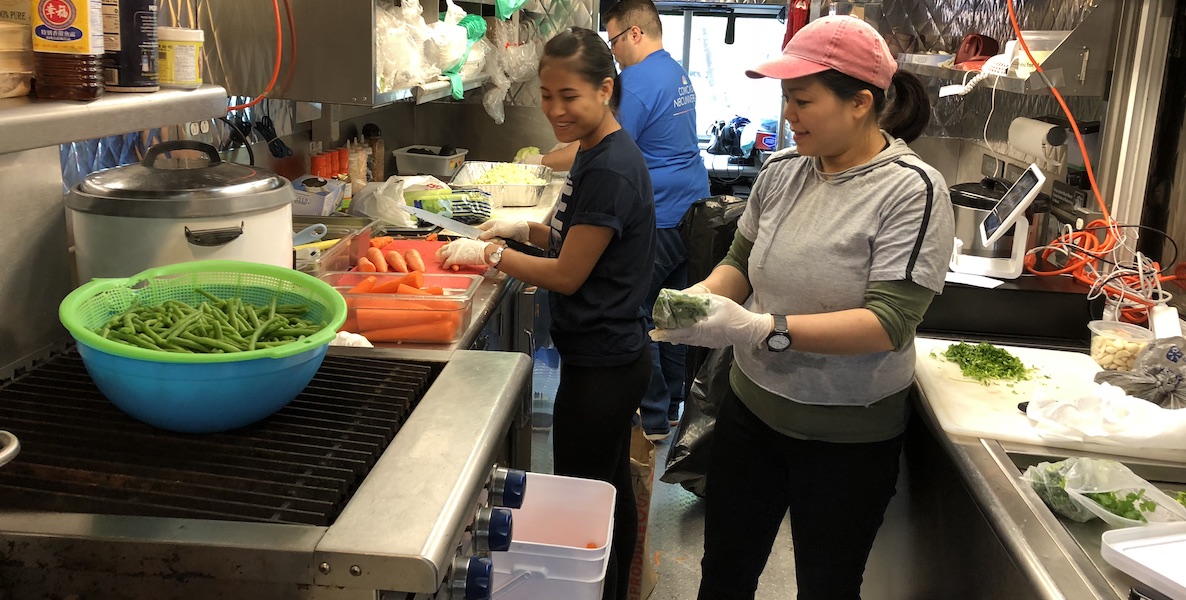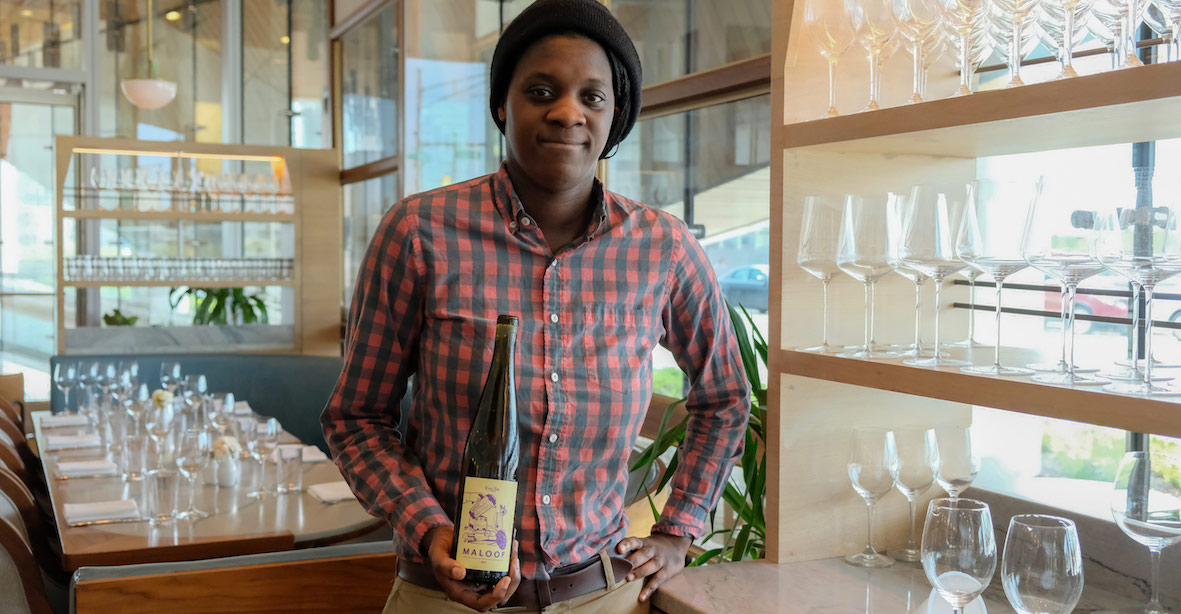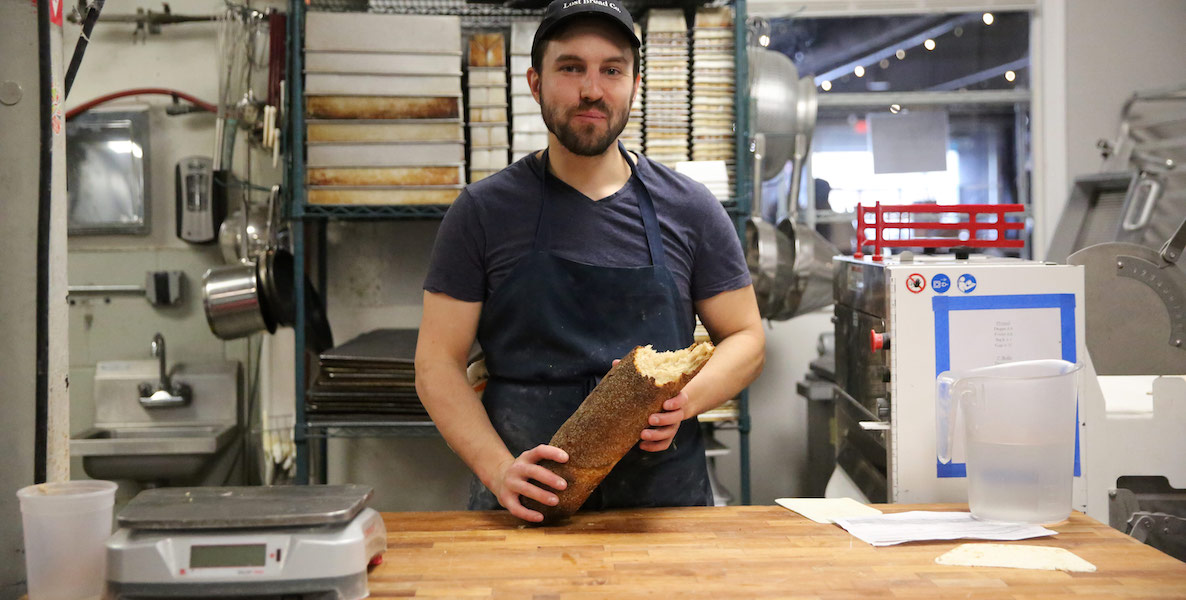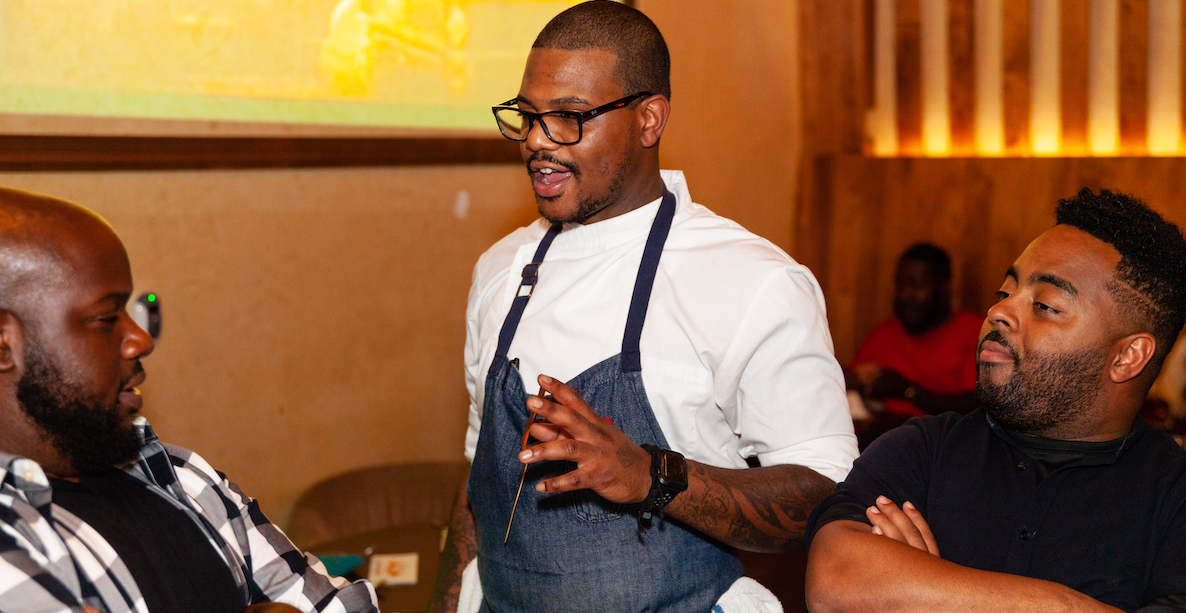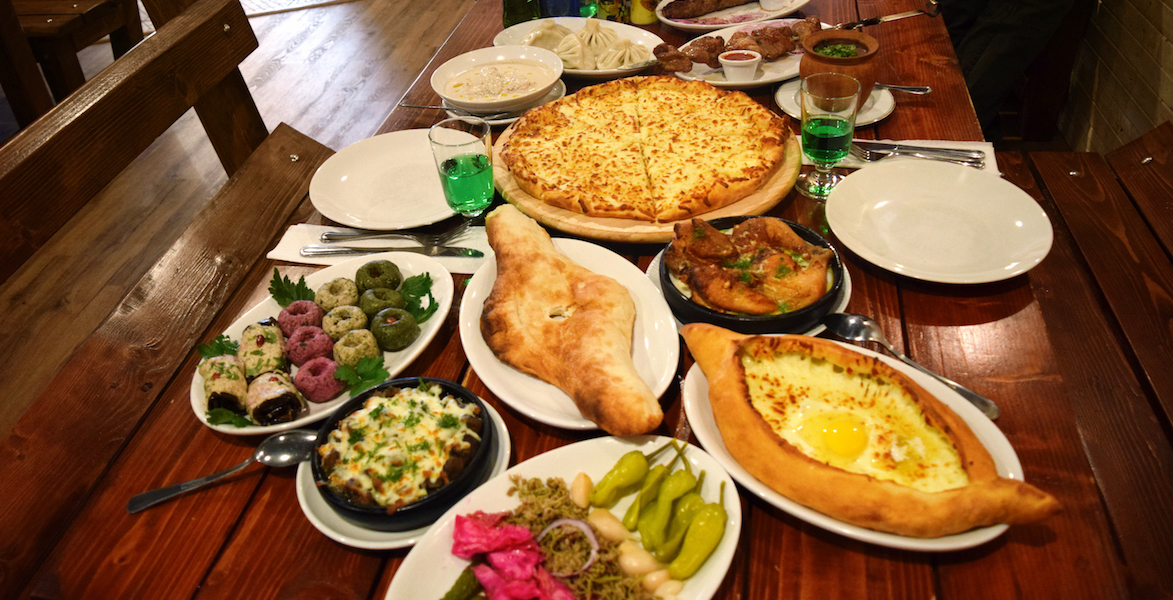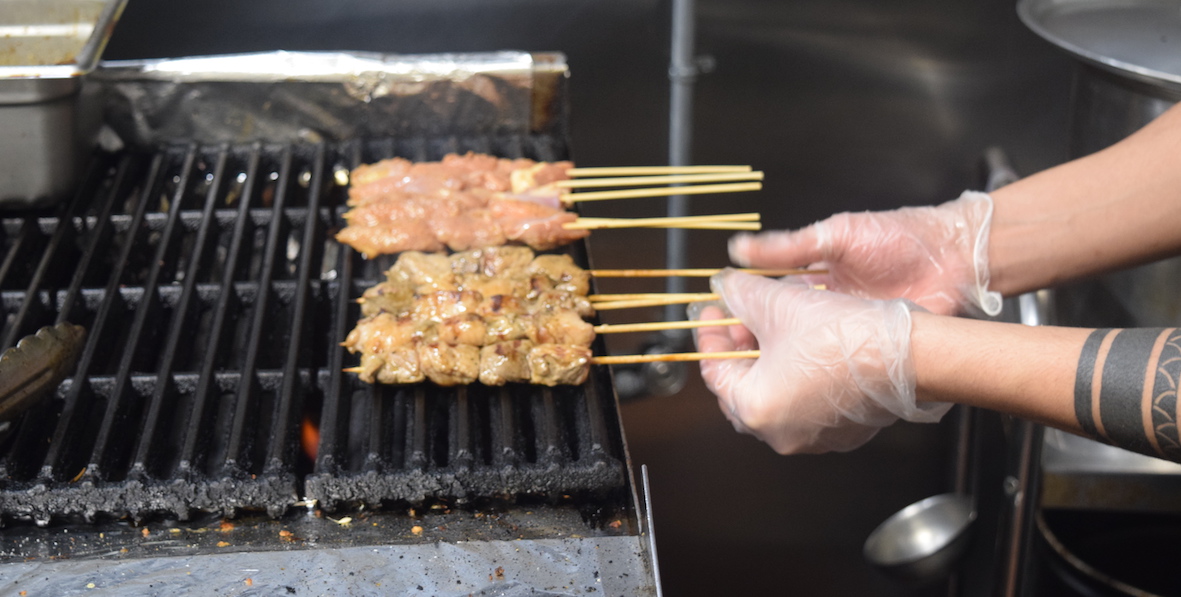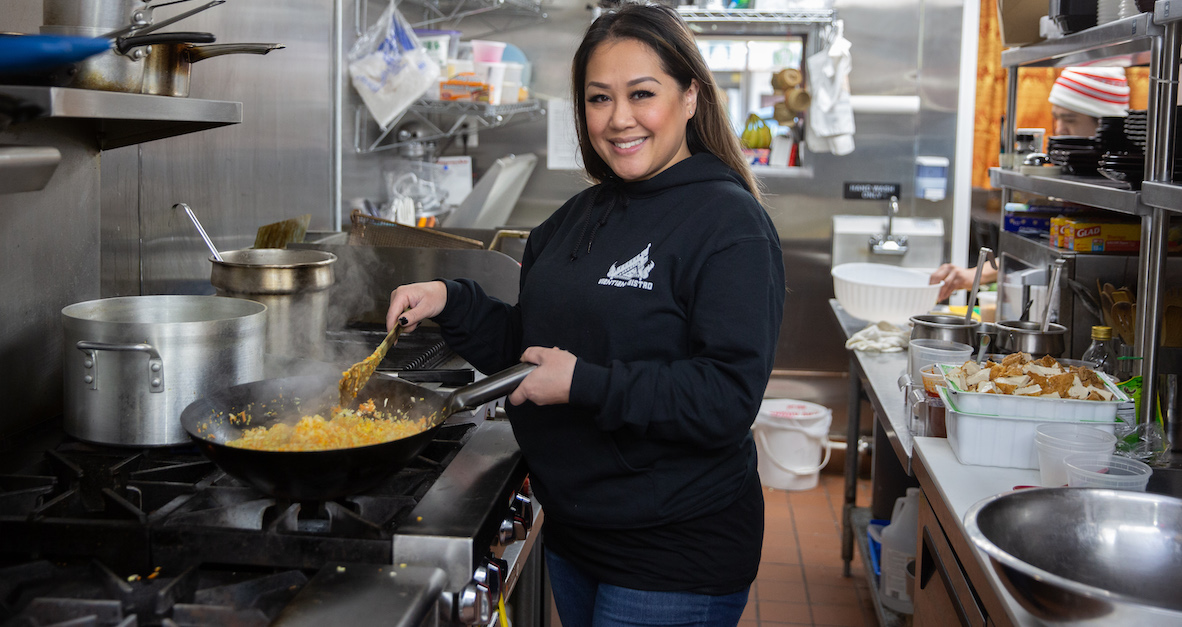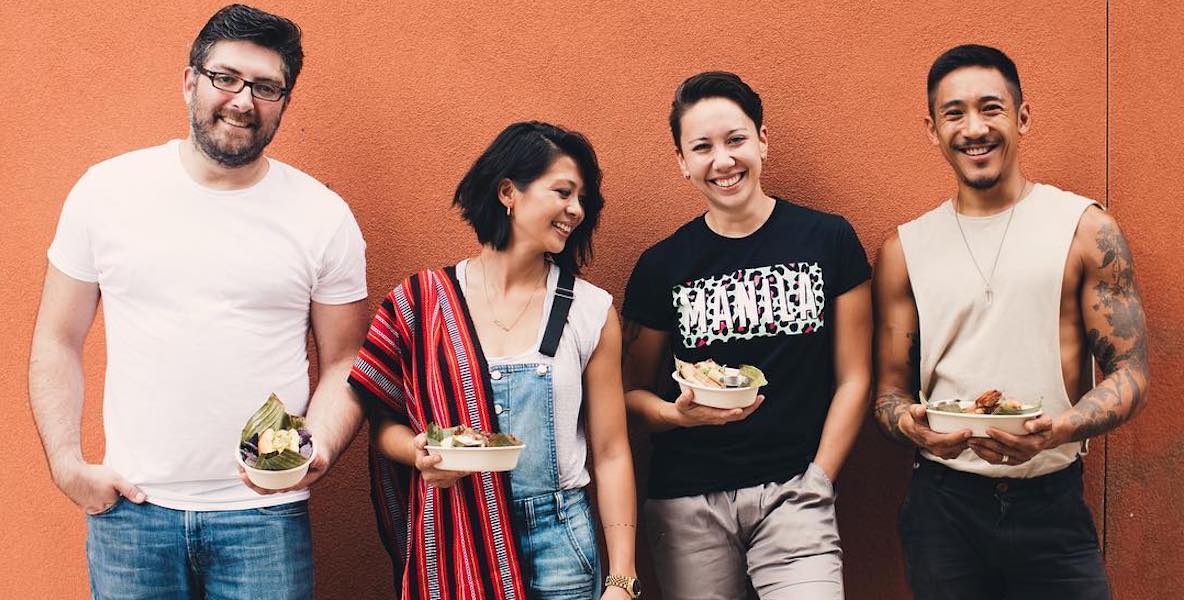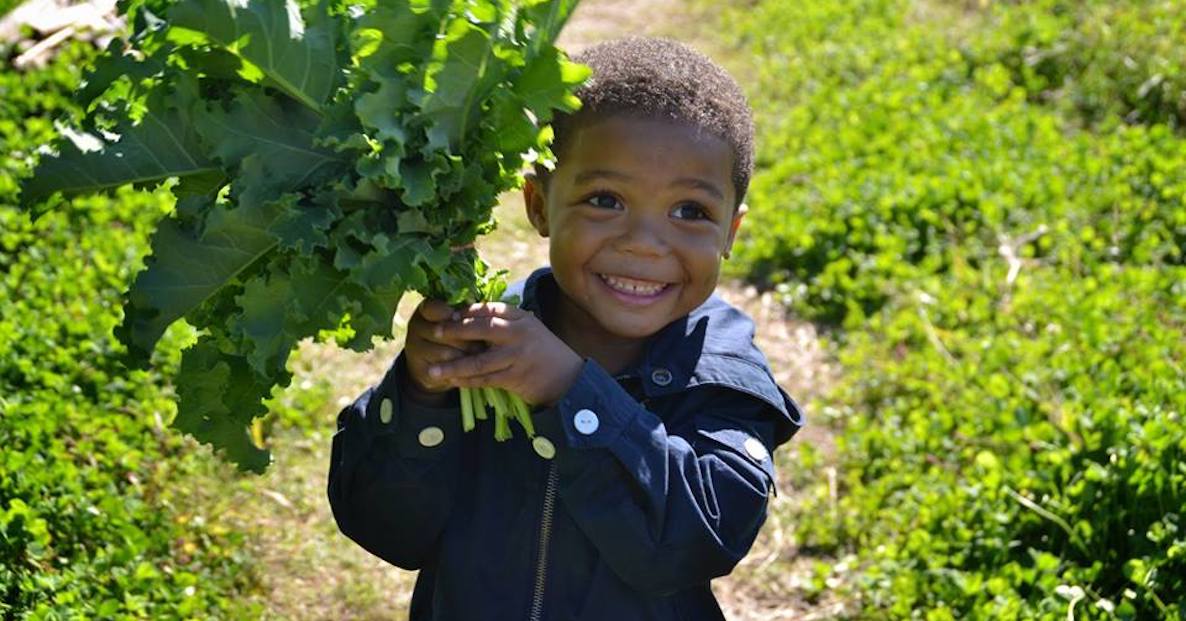The outrage began, as it so often does, with the sort of lame, toss-off tweet—the failed attempt to be cheeky and knowing—that we’ve all grown wearyingly accustomed to. A white guy named Tom Pepinsky, a Cornell University political science professor, a specialist in Asian politics, tweeted a ranking of “Southeast Asian national cuisines.” The top three were Vietnamese, Lao, and “Singaporean/Malaysian.” Indonesian and Cambodian fell in the middle. At number nine, dead last, was “Philippine.”
The list itself (what with the white guy judging the Asian cuisines) was not very well received, with the general response summed up by food writer Esther Tseng: “who the f* do you think you are?”
A writer and activist based in Jakarta named Kate Walton tweeted: “Filipino food is def the worst in the region.” Filipino Twitter lost its collective mind, with hundreds of tweets accusing Walton of insensitivity, breathtaking audacity, and outright stupidity.
But soon enough—as so often happens—another white person came along and poured gasoline on what had been until then a small fire. Doubling down on the rankings, a writer and activist based in Jakarta named Kate Walton tweeted: “Filipino food is def the worst in the region.” Filipino Twitter lost its collective mind, with hundreds of tweets accusing Walton of insensitivity, breathtaking audacity, and outright stupidity. For many, it was just another episode of white Western diners exoticizing Southeast Asian food as something to be “discovered,” unlinked from its culture and history.
![]()
Two days later, an article was published on CNN Philippines: “A Westerner said ‘Filipino food is the worst.’ Here’s why we care so much.” The writer, Chino Cruz, called fellow Filipinos to arms. “We must grab the intangible heritage of our cuisine and see that its beauty can be found in its unique capacity to tell the story of our struggles and how exactly we as a people rose up to overcome them,” Cruz wrote.
Oddly, this whole fracas happened the week before Filipino Restaurant Week in the U.S. (which is actually two weeks, ending last weekend). I’d been eating at several of Philadelphia’s Filipino restaurants during this time—after having eaten plenty of Lao, Cambodian, Vietnamese, Indonesian, Burmese, and Malaysian food over the past few months. It never occurred to me to rank them. Nor did it dissuade me from enjoying Pinoy cuisine, which has actually been having something of a moment. For instance, Tom Cunanan of the Washington, D.C., Filipino restaurant Bad Saint won a James Beard Award for Best Chef: Mid-Atlantic. Also nominated for an award was the high-profile cookbook I Am Filipino: And This Is How We Cook, by Nicole Ponseca and Miguel Trinidad of New York’s Maharlika and Jeepney, released this past fall.
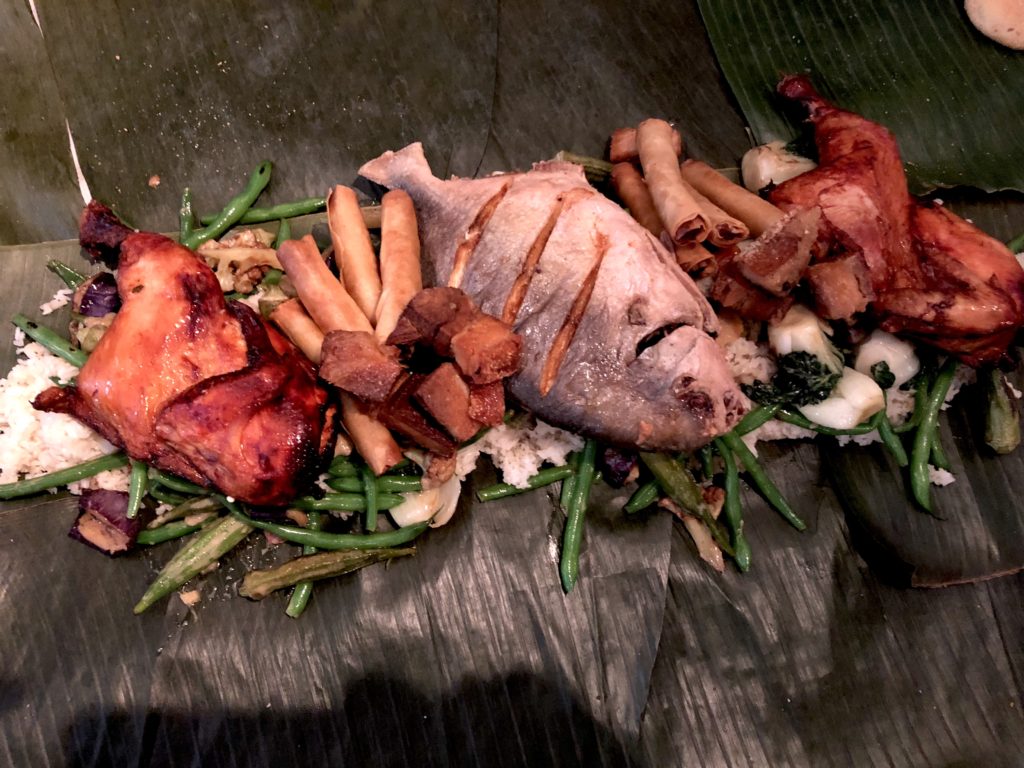
So what, exactly, is Filipino food? “That’s the toughest question to answer,” says Jillian Encarnacion, co-owner of Lalo in The Bourse. “Filipino food is not definable. It’s a beautiful mix of all our history, influences, and colonization.”
![]()
There are not many Filipino restaurants in Philly, only three in the city proper, with a few others in the suburbs. I started with the family-style Kamayan menu at Perla in East Passyunk. For the Kamayan meal, banana leaves are laid out on the table, and the food is piled in the middle. First, a layer of garlic-jasmine rice topped with pinakbet, a stew of fresh vegetables like green beans, cauliflower, eggplant, and okra cooked in bagoong (a fish sauce) and coconut milk. Then, scattered on top of that are egg rolls tightly stuffed with pork, called lumpia shanghai along with lechon kawali, crispy fried pork belly—served with surprising banana ketchup and a rich sauce made with dates and chicken liver. Finally, two tangy, tender whole chickens, marinated in lemon, ginger, garlic and soy, are served along with a whole fried pompano. No utensils are provided, keeping with Filipino tradition. “Are you comfortable eating with your hands?” the server asked. Indeed, we were, and dug in.
“It’s a generational thing. Our generation has a different perspective on Filipino food,” Santos says. “I was sick of seeing our food not represented. Hopefully one day it will become as much a part of the food lexicon as pasta or Thai food.”
I followed up that meal a week later at Sarvida in Fishtown, Perla’s sister restaurant, owned by chef-owner Lou Boquila, who’s been on a mission to show Philadelphia just how special and unique food from the Philippines can be. At Sarvida, the chicharron, flash-fried beef tendon, are the usual popular attraction, but on my visit there was a special Filipino prix fixe, and they offered binagoogan, pig tails served with mango and bagoong. I also enjoyed a grilled pork shoulder slathered with banana ketchup barbecue sauce, as well as pancit, egg noodles served with sausage, dried shrimp in a butter infused with calamansi (a small citrus found in the Philippines that looks like a lime and is a cross between a kumquat and a mandarin orange). Yet the traditional adobo, in all its vinegary, garlicky goodness, was the signature dish.
![]()
Adobo is one of the most famous Pinoy dishes, and is a classic example of the cuisine’s assimilation of other cultures. Adobo in Spain is a pickling sauce, made with olive oil, vinegar, garlic, thyme, laurel, oregano, paprika and salt. Since Spain ruled the Philippines as a colony for more than 300 years, adobo was taken by Filipinos as a preparation and a name for a chicken dish that’s stewed vinegar and garlic, bayleaf, peppercorns, and soy sauce.
The late Doreen Fernandez, the Philippines’ most famous food writer, called her nation’s food an “indigenized cuisine,” because Filipinos have taken various ingredients and dishes from other cultures and made them their own. Besides the Spanish, the Philippines were influenced by Chinese, Arab, Indian, and Malay traders, as well as a half-century of American colonialism that ended with independence in 1946.
So what, exactly, is Filipino food? “That’s the toughest question to answer,” says Jillian Encarnacion, co-owner of Lalo in The Bourse.
One unique aspect of Filipino cuisine is the wide array of dipping sauces—a “galaxy of flavor-adjusters,” as Fernandez called them—generally referred to as sawsawan. “In the Philippine experience, the diner cooperates and participates, and the creation is communal,” wrote Fernandez. These side sauces are one of the joyous aspects of eating the Filipino food, adding banana ketchup or date-and-chicken-liver or sweet chili sauce or bagoong.
“There is no ego when we cook,” says food writer Andre Orandain. “That is why the sawsawan exists. It’s for us to paint our own experience—it is for us to make the meal our own.”
Perhaps the most exciting Filipino spot in the city is the Lalo food stall at The Bourse food hall, opened by a partnership group that includes Encarnacion and food photographer Neal Santos. The continually rotating menu of Filipino favorites has included kaldereta, a flavorful beef stew, long-si-log, a housemade pork sausage over garlic rice, topped with a soft egg, and the pork-and-lemongrass lumpia shanghai.
![]()
The team behind Lalo had been doing Filipino pop-up dinners as Pelago for five years before deciding to try to translate what they’re doing to a fast-casual concept. Encarnacion’s family actually once ran a Filipino restaurant in the Northeast called Manila Bay. In fact, for 35 years, Encarnacion’s grandfather used to sell kebabs and other Filipino-inspired foods across from Independence Mall on Sixth Street.
As I ate Lalo’s lechon kawali and their vegan tofu take on bicol express (traditionally a comfort food dish with pork cubes), I asked Santos and Encarnacion why there weren’t more Filipino restaurants in Philly. “It’s a generational thing. Our generation has a different perspective on Filipino food,” Santos says. “I was sick of seeing our food not represented. Hopefully one day it will become as much a part of the food lexicon as pasta or Thai food.”
Filipino food at The Bourse, with its focus on the lunch crowd, presents an interesting challenge. “Filipino cuisine is traditionally family style,” Encarnacion said. “But lunch here is curated for the solo diner, portioned for one person.”
Within in The Bourse food hall, with its influx of office workers and tourists, Filipino food can be a challenging sell. “People come in and it’s like, ‘this is breakfast, this is pizza, this is fried chicken and then this is…uhhh’?” Encarnacion says. But they’ve converted a lot of regulars to the pleasures of Pinoy dishes.
“It’s a huge social experiment,” Santos says. “People come and say, ‘What are you?’ Well, what do you think we are?”
The team behind Lalo. Photo via Neal Santos Photography


